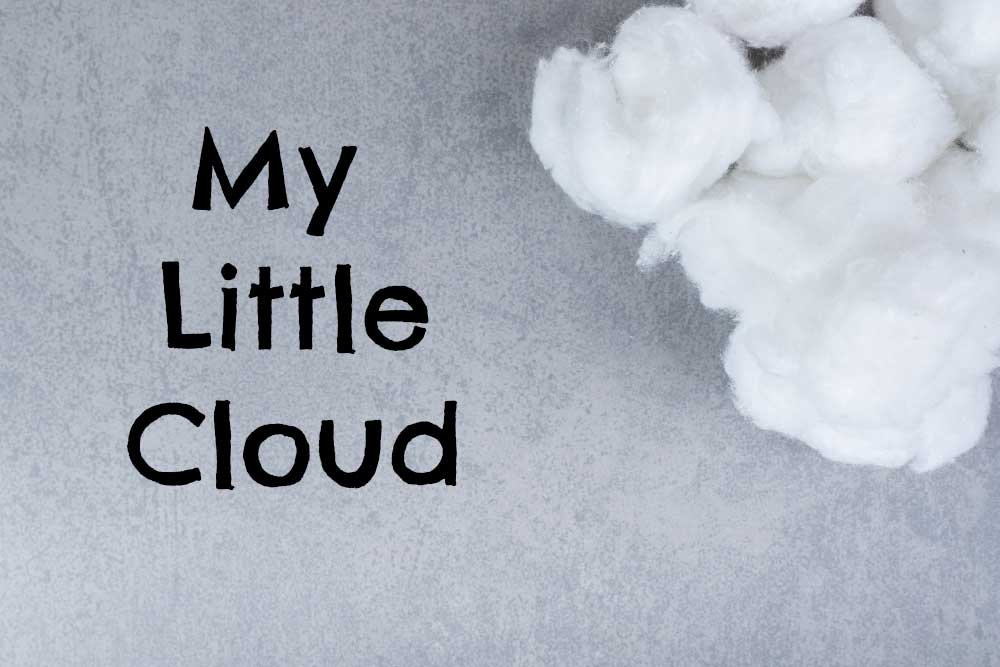$5 Off First Order + 5% Off After
Become a free registered member and get access to exclusive discounts, resources, and a community of like-minded educators.
Not sure yet? See what you’ll get: Member benefits
AC9AVA2C01
Use visual conventions, visual arts processes and materials to create artworks
Elaborations
• using a combination of chaotic/accidental mark-making with more detailed intentional mark-making; for example, using blobs of paint with added outlines and detail, and using imagination and creativity to build on the shapes to see what emerges
• using Viewpoints to develop questions as they experiment with arrangement and rearrangement to shuffle visual conventions, subject matter and materials around a designated area and to deliberately change the meaning of a visual story; for example, “What happens if I make the subject fill the page?” or “Can I change the meaning of my work by using darker or lighter tones?”
• using visual brainstorming to build ideas for artworks and using Viewpoints to develop questions to push ideas further; for example, “What happens if I combine these ideas?”, “How can I adapt this idea?”, “What happens if I remove part of this design?”
• creating a relief print through nature-printing, or creating collagraphs by creating a raised textured surface by using glue, thread/string and textured paper to create monoprints; cutting these shapes out and making a collage to create a recognisable form, such as a face or an animal
• using 3D construction (sculpture) methods to represent subject matter or ideas being explored in another learning area; for example, building on their understanding of living things as a starting point to use modelling materials such as potato clay and found objects to represent the life cycle of an insect
• using a combination of digital art and analog art-making, such as using photography or drawing apps for painting and drawing, to create a collaged abstract work that represents feelings and emotions; for example, responding with colour, line and shape to music to create work that communicates how the music makes them feel
-
Little Cloud Adventure
📔 Little Cloud by Eric Carle• We are learning to observe how clouds change shape and move in the sky.



